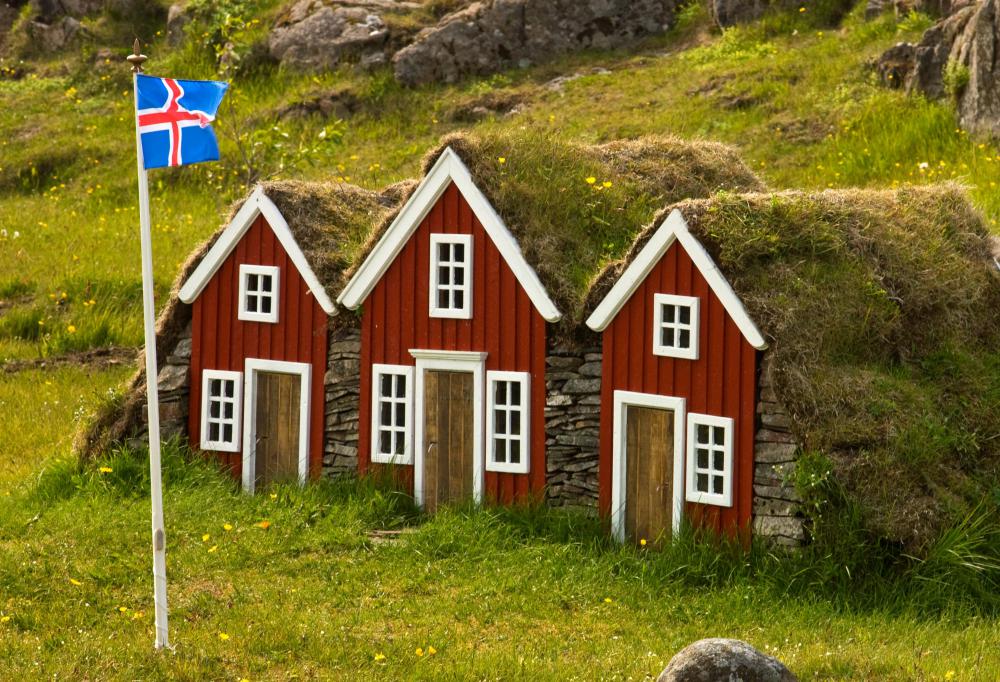At WiseGEEK, we're committed to delivering accurate, trustworthy information. Our expert-authored content is rigorously fact-checked and sourced from credible authorities. Discover how we uphold the highest standards in providing you with reliable knowledge.
Who are Some Norse Gods?
The pantheon of Norse gods reflects the warlike nature of the culture that created them. While all gods are intended to be larger than life, the Norse gods seem particularly bombastic, flagrant, and wild. The Norse gods were brought to Scandinavia by the Vikings, who traveled widely in the North Atlantic and brought their customs and gods with them. Numerous Scandinavian nations adopted the Norse gods, sometimes making small adaptations and additions to suit their own cultural needs.
The father of the Norse gods is Odin. Odin is the lord of death, knowledge, and war, riding an eight-legged horse named Sleipnir into battle and accompanied by two ravens, Huginn and Muninn, who serve as his eyes. Odin endured crucifixion on a tree for nine days and nights for the gift of wisdom, after stabbing himself with his own spear. Odin is also known to be a shape shifter, changing appearance to suit his needs as he travels.

The trickster of the Norse gods is Loki, who never missed an opportunity to tease the other members of the pantheon. Loki is also a shape shifter, who uses his ability in his pursuit of mischief. In addition to being a troublemaker, Loki has a penchant for goddesses, with three wives and numerous dalliances. Loki infuriated the rest of the Norse gods enough that they locked him in punishment until Ragnarok, or the end of the world, arrives.
Thor, the son of Odin, is the Norse god people most often think of, as he embodies the giant, blustering, muscular ideal. Thor is red-headed and roams the world with his war hammer, riding through the storm clouds in a chariot. Thor is also the god of thunderstorms, and together with the giantess Jarnsaxa had several children, including Magni, who is the god of strength.
Freya, the goddess of love, is sometimes regarded as the leader of the Vanir, one of the two pantheons of the Norse gods. In addition to being a fertility goddess, she's also a warrior and receives half of the warriors who die in battle in Fólkvangr, her field — the other half go to Valhalla, a great hall that Odin rules over. She is twin sister to Freyr, the god of harvests, prosperity, and plenty. Both Freya and Freyr are said to be strikingly beautiful, as well as extremely clever.
Another of Odin's sons, Baldur, is the god of peace. His twin brother Hod is the god of darkness and winter. There are numerous other minor Norse gods, covering revenge, fishing, silence, inspiration, and everything in between. The Norse gods were worshiped across most of Scandinavia until the advent of Christianity, when many Vikings became early converts. In some parts of Germany and Iceland, there are ongoing attempts to revive Norse paganism.
AS FEATURED ON:
AS FEATURED ON:











Discuss this Article
Post your comments